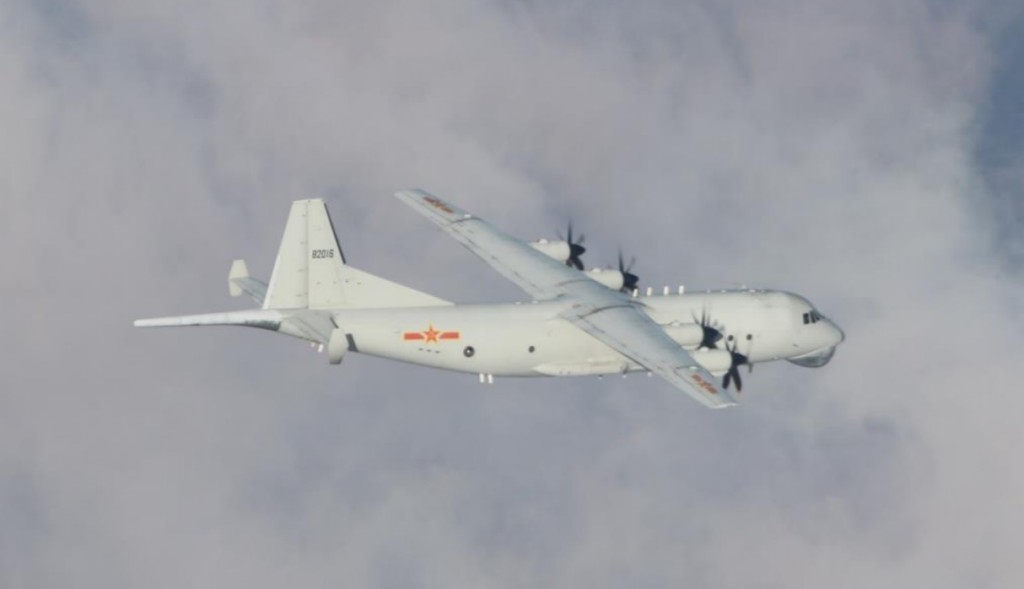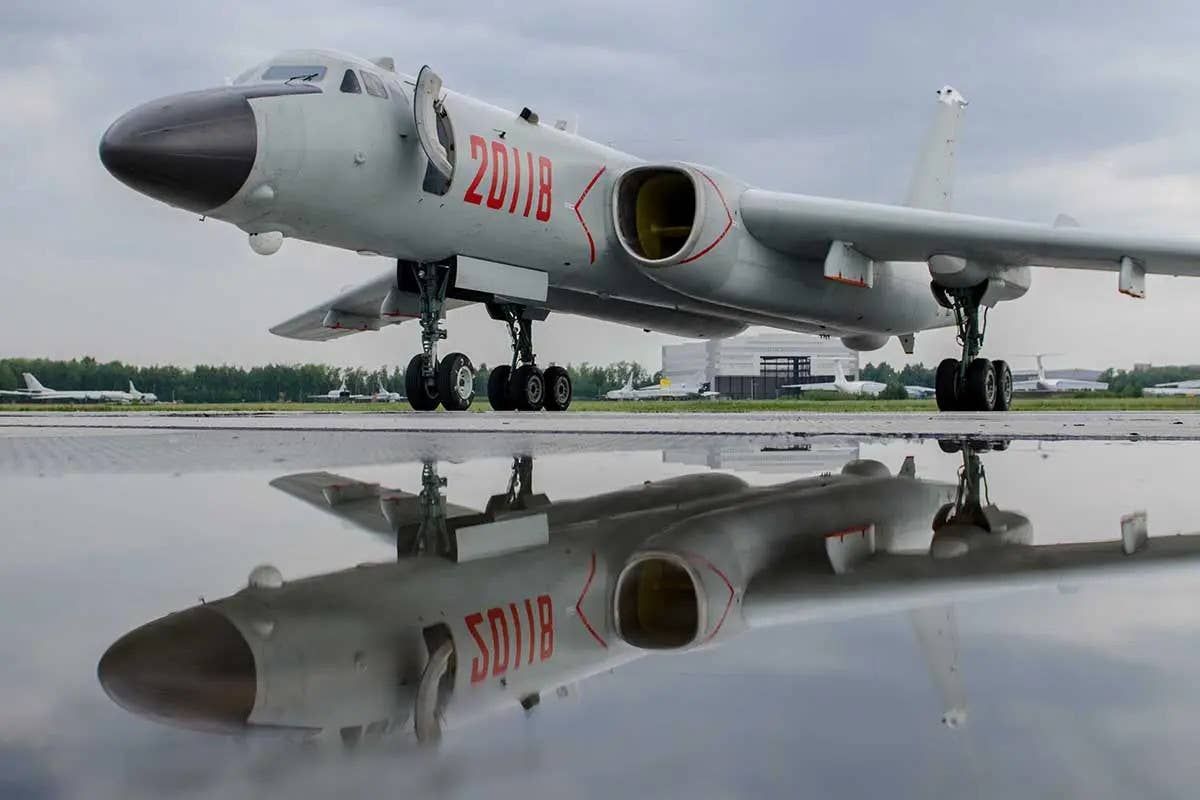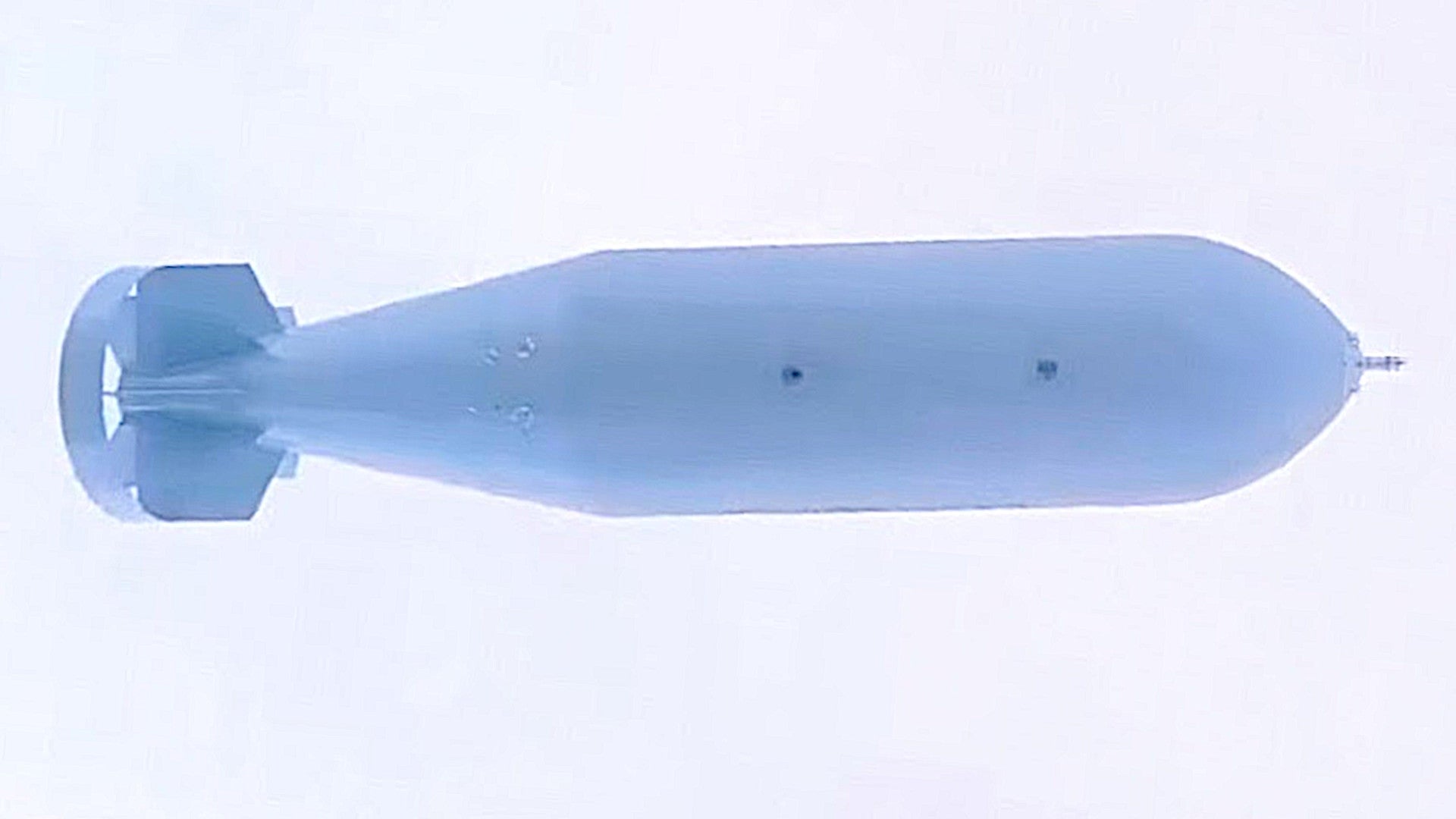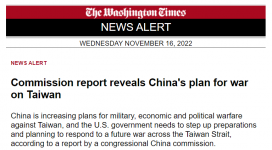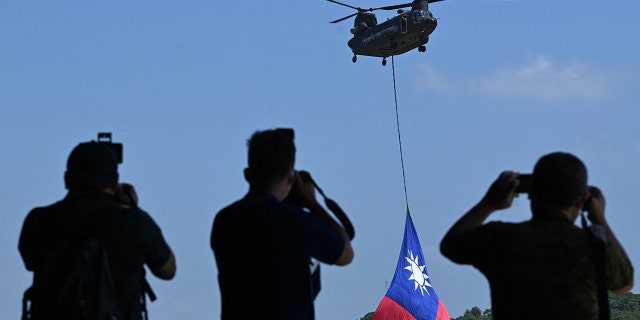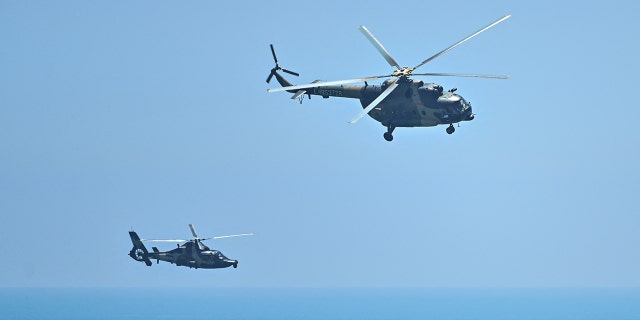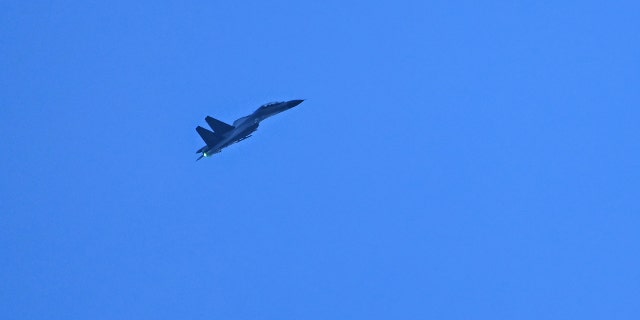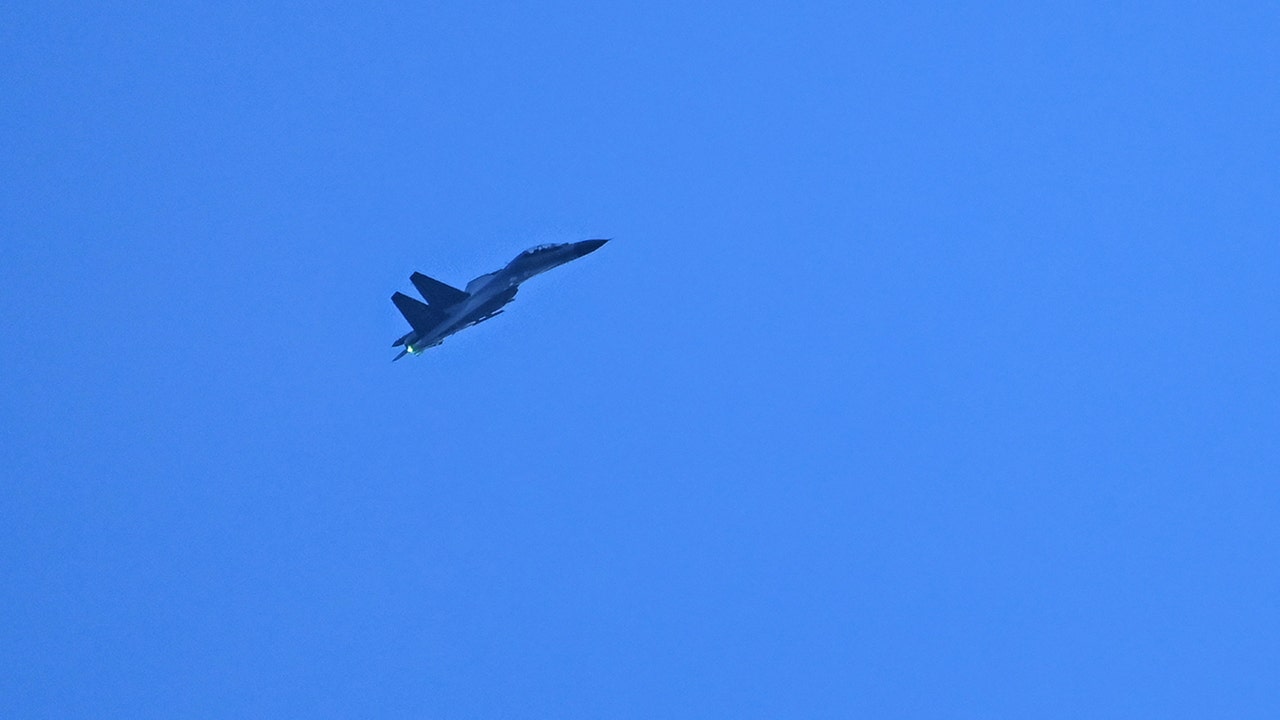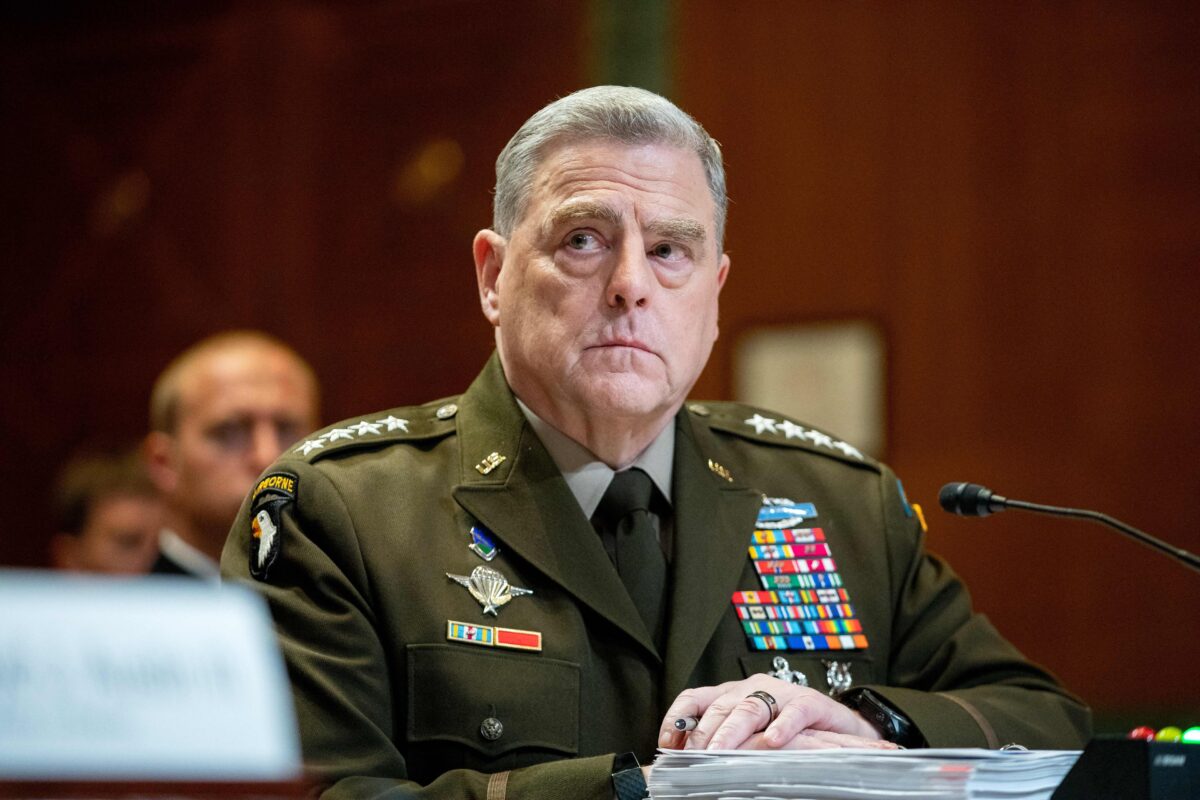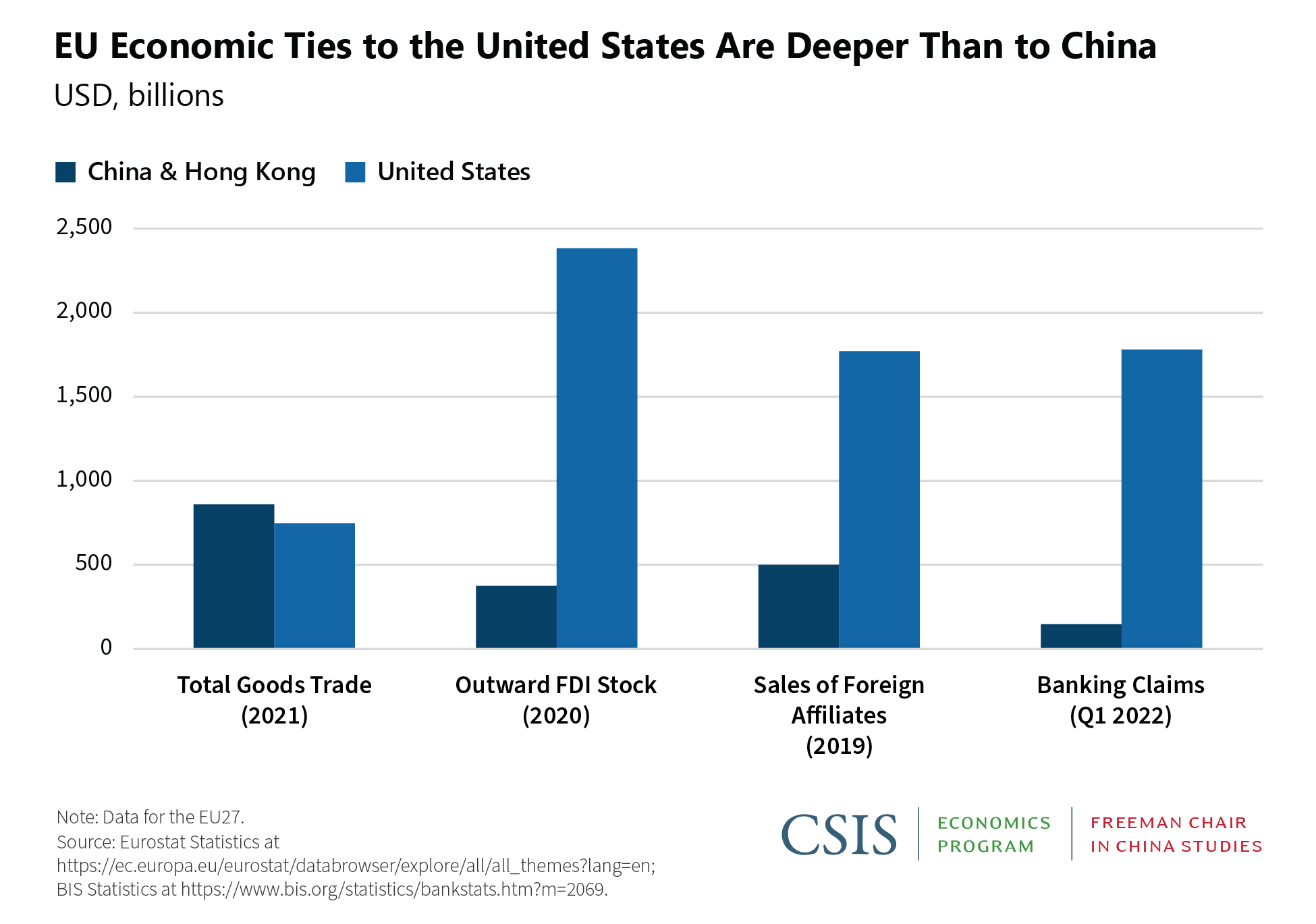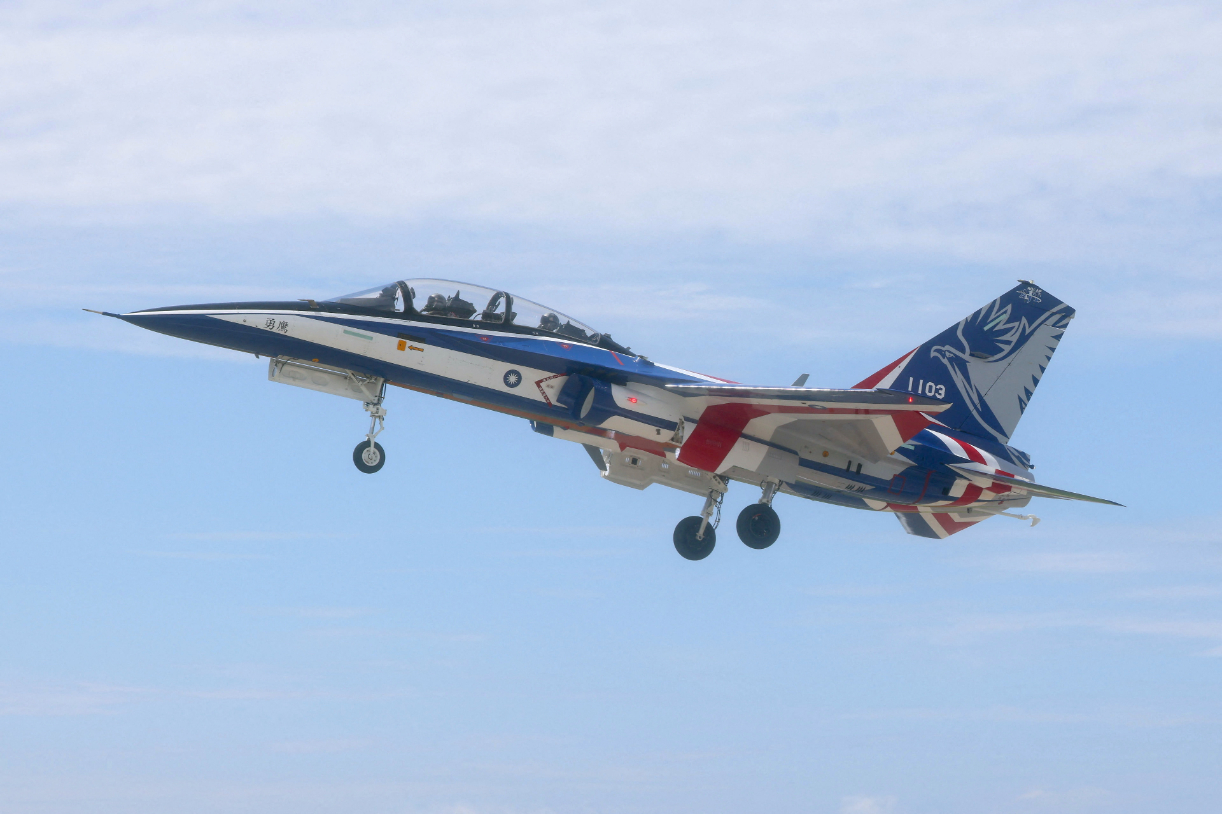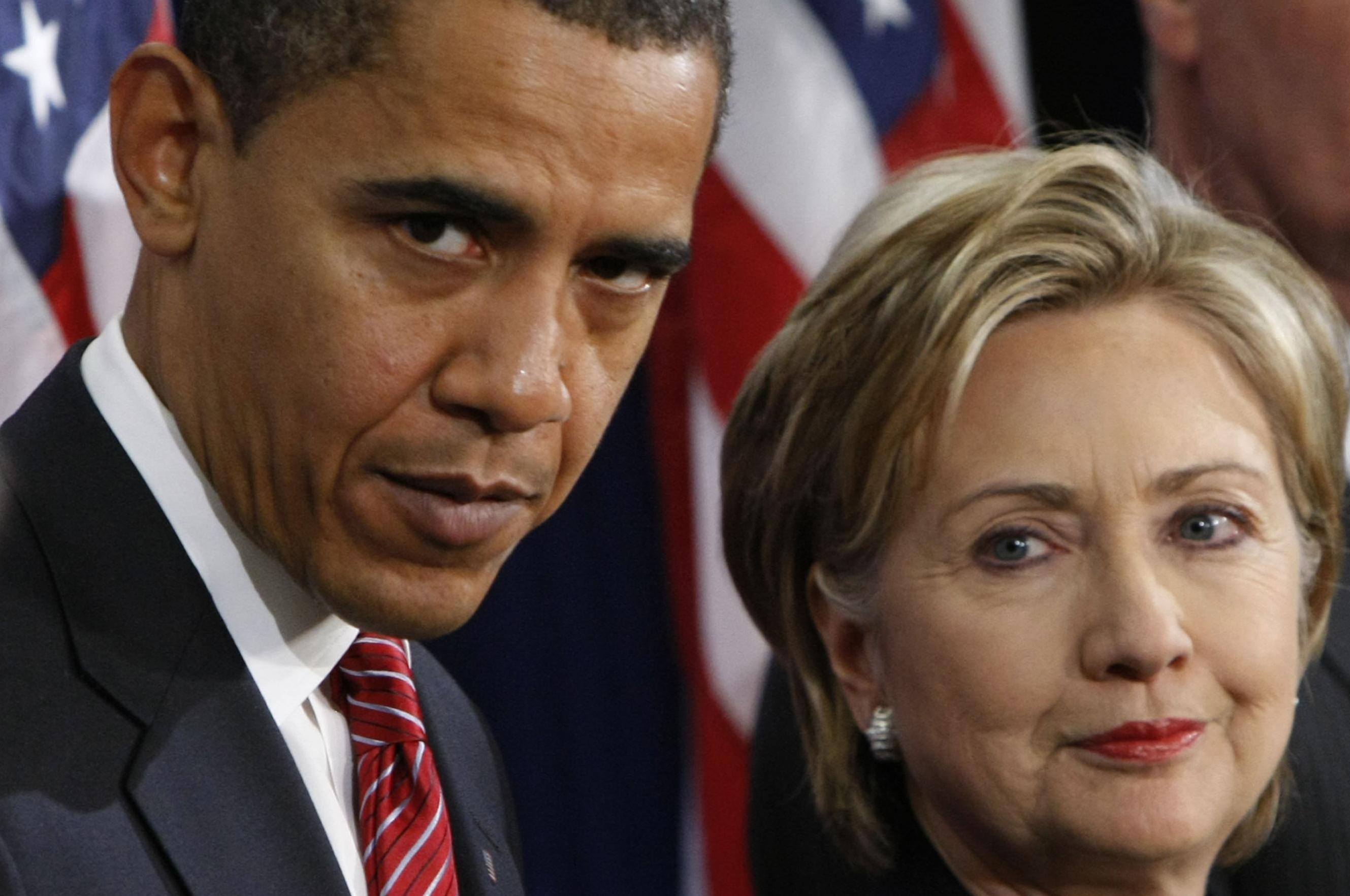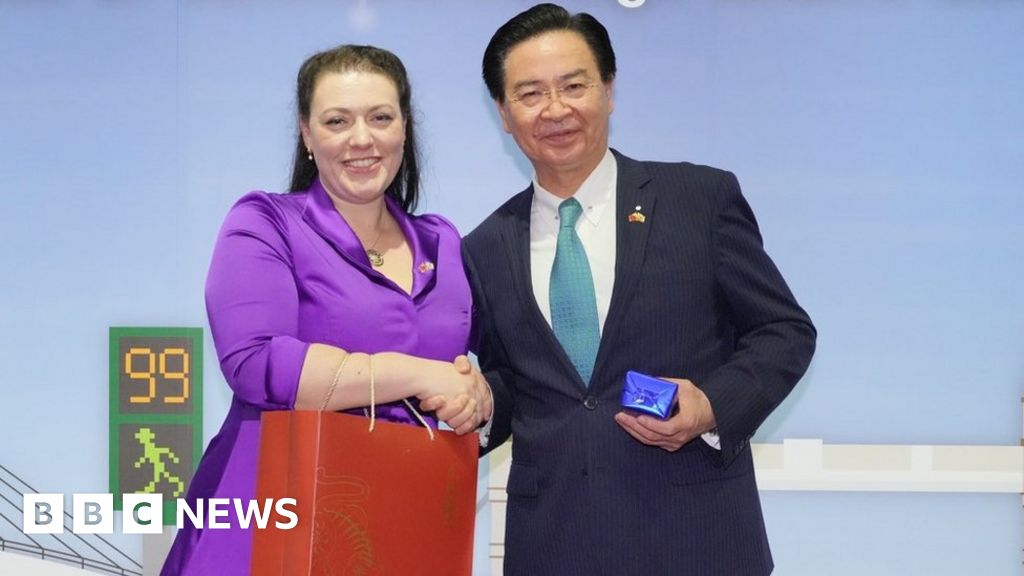jward
passin' thru
Is clock really ticking down toward a Taiwan war?
Jeff Pao
5-7 minutes
PLA soldiers in a training formation. Concerns are rising China is preparing for an invasion try on Taiwan. Photo: China's Eastern Theater Command
The Chinese Communist Party (CCP) called for boosting the People’s Liberation Army’s (PLA) combat abilities to achieve “national unification” with Taiwan after its new military commission was formed on Sunday.
The Chinese army will deepen its reform and innovation, change the way of its training, recruit new talent and keep learning from the spirit of the 20th Party Congress, Zhang Youxia, vice chairman of the CCP Central Military Commission (CMC), said in a meeting on Tuesday (October 25).
A full report of the Party Congress, released on Tuesday, showed that General Secretary Xi Jinping had simplified two paragraphs of content concerning a “peaceful reunification” with Taiwan into one sentence but highlighted reunification by force in his widely reported speech on October 16, which was met with resounding applause by the gathered cadres.
Taiwanese media and other commentators said the risk of a near-term PLA invasion had risen after the Party Congress, with many opining that a Taiwan Strait war would break out between 2025-2027 but not before 2024.
On Monday, Hong Kong’s Hang Seng Index fell more than 1,000 points to close at 15,180, the lowest level in 13 years, in market response to the new Chinese leadership that was formed on Sunday and fears of a potentially imminent Taiwan conflict. The index rebounded 1% on Wednesday but was still 5.5% down from last Friday.
On October 22, the week-long 20th CPC National Congress closed and formed a new 205-member Central Committee. In its first meeting the following day, a 24-member politburo, a seven-person standing committee of the politburo and a seven-member CMC were formed.
Xi and Zhang remained as CMC chairman and vice-chairman, respectively. Zhang, 72, fought in the Sino-Vietnam war in 1979 and the following battle in 1984. His father Zhang Zongxun was a close friend of Xi’s father, Xi Zhongxun, in the PLA.
President Xi Jinping is seen as a leading proponent of China’s ‘zero-Covid’ policy. Image: Screengrab / NTV
He Weidong, 65, was selected as another CMC vice-chairman on Sunday. He was born in Jiangsu and graduated from the PLA’s Army Command College in Nanjing. He was a commander at the East Theater Command between 2019 and early this year. Miao Hua, a 66-year-old Fujianese, renewed his term in the CMC.
After Xi said at the Party Congress’s opening ceremony on October 16 that China would not give up the option of reunifying Taiwan by force, US Secretary of State Antony said the following day that the PLA could try to seize Taiwan on a “much faster timeline” than previously thought.
Mike Gilday, the chief of US Naval Operations, told the Atlantic Council on October 19 that China could stage an invasion of Taiwan as early as late 2022 or 2023.
Chen Ming-tong, the director-general of Taiwan’s National Security Bureau, said although most people believed the PLA would not attack Taiwan until at least 2025, it was still possible that China could launch an invasion next year.
Zhao Chunshan, an honorary professor of the Mainland China Institute of Tamkang University in Taiwan, told media that a Chinese attack on Taiwan was not likely before the self-governing island’s presidential election in early 2024 but that the risk would gradually rise closer to the time of the 21st Party Congress in 2027.
Ming Chu-cheng, a professor at the Department of Political Science at National Taiwan University Taiwan, said whether the PLA would attack Taiwan would depend more on the international situation than the military balance between Taiwan and China.
Ming said Xi would start a war against Taiwan only if he misjudged the international situation, which he said was unfavorable for China to do so. He said the appointments of He Weidong and Miao Hua to the CMC would increase the chance of such a misjudgment as the duo tended to echo rather than check Xi’s opinions.
The CMC held its first work meeting on Tuesday nominally to study the spirits of Xi and the 20th Party Congress. The meeting was chaired by He Weidong and attended by Zhang.
A helicopter flies a Taiwanese flag in Taoyuan, Taiwan. Photo: Ceng Shou Yi / NurPhoto / Getty Images
Zhang said the CMC would learn how to implement Xi’s thought on socialism with Chinese characteristics in the new era and push forward his plan to strengthen the Chinese army. He said the CMC would increase the quality of the army’s development.
He Weidong chimed in that the CMC would strengthen its political organization and establishment.
According to the full report of the 20th Party Congress, China would communicate with Taiwanese who support the notion of reunification with the mainland and try all means to achieve it peacefully.
The report said it’s a historical mission for China to solve the Taiwan matter, which Xi said would be done by force if necessary in what could go down as a historic October 16 speech.
Read: Party Congress drives HK stocks to 13-year low

 asiatimes.com
asiatimes.com
Jeff Pao
5-7 minutes
PLA soldiers in a training formation. Concerns are rising China is preparing for an invasion try on Taiwan. Photo: China's Eastern Theater Command
The Chinese Communist Party (CCP) called for boosting the People’s Liberation Army’s (PLA) combat abilities to achieve “national unification” with Taiwan after its new military commission was formed on Sunday.
The Chinese army will deepen its reform and innovation, change the way of its training, recruit new talent and keep learning from the spirit of the 20th Party Congress, Zhang Youxia, vice chairman of the CCP Central Military Commission (CMC), said in a meeting on Tuesday (October 25).
A full report of the Party Congress, released on Tuesday, showed that General Secretary Xi Jinping had simplified two paragraphs of content concerning a “peaceful reunification” with Taiwan into one sentence but highlighted reunification by force in his widely reported speech on October 16, which was met with resounding applause by the gathered cadres.
Taiwanese media and other commentators said the risk of a near-term PLA invasion had risen after the Party Congress, with many opining that a Taiwan Strait war would break out between 2025-2027 but not before 2024.
On Monday, Hong Kong’s Hang Seng Index fell more than 1,000 points to close at 15,180, the lowest level in 13 years, in market response to the new Chinese leadership that was formed on Sunday and fears of a potentially imminent Taiwan conflict. The index rebounded 1% on Wednesday but was still 5.5% down from last Friday.
On October 22, the week-long 20th CPC National Congress closed and formed a new 205-member Central Committee. In its first meeting the following day, a 24-member politburo, a seven-person standing committee of the politburo and a seven-member CMC were formed.
Xi and Zhang remained as CMC chairman and vice-chairman, respectively. Zhang, 72, fought in the Sino-Vietnam war in 1979 and the following battle in 1984. His father Zhang Zongxun was a close friend of Xi’s father, Xi Zhongxun, in the PLA.
President Xi Jinping is seen as a leading proponent of China’s ‘zero-Covid’ policy. Image: Screengrab / NTV
He Weidong, 65, was selected as another CMC vice-chairman on Sunday. He was born in Jiangsu and graduated from the PLA’s Army Command College in Nanjing. He was a commander at the East Theater Command between 2019 and early this year. Miao Hua, a 66-year-old Fujianese, renewed his term in the CMC.
After Xi said at the Party Congress’s opening ceremony on October 16 that China would not give up the option of reunifying Taiwan by force, US Secretary of State Antony said the following day that the PLA could try to seize Taiwan on a “much faster timeline” than previously thought.
Mike Gilday, the chief of US Naval Operations, told the Atlantic Council on October 19 that China could stage an invasion of Taiwan as early as late 2022 or 2023.
Chen Ming-tong, the director-general of Taiwan’s National Security Bureau, said although most people believed the PLA would not attack Taiwan until at least 2025, it was still possible that China could launch an invasion next year.
Zhao Chunshan, an honorary professor of the Mainland China Institute of Tamkang University in Taiwan, told media that a Chinese attack on Taiwan was not likely before the self-governing island’s presidential election in early 2024 but that the risk would gradually rise closer to the time of the 21st Party Congress in 2027.
Ming Chu-cheng, a professor at the Department of Political Science at National Taiwan University Taiwan, said whether the PLA would attack Taiwan would depend more on the international situation than the military balance between Taiwan and China.
Ming said Xi would start a war against Taiwan only if he misjudged the international situation, which he said was unfavorable for China to do so. He said the appointments of He Weidong and Miao Hua to the CMC would increase the chance of such a misjudgment as the duo tended to echo rather than check Xi’s opinions.
The CMC held its first work meeting on Tuesday nominally to study the spirits of Xi and the 20th Party Congress. The meeting was chaired by He Weidong and attended by Zhang.
A helicopter flies a Taiwanese flag in Taoyuan, Taiwan. Photo: Ceng Shou Yi / NurPhoto / Getty Images
Zhang said the CMC would learn how to implement Xi’s thought on socialism with Chinese characteristics in the new era and push forward his plan to strengthen the Chinese army. He said the CMC would increase the quality of the army’s development.
He Weidong chimed in that the CMC would strengthen its political organization and establishment.
According to the full report of the 20th Party Congress, China would communicate with Taiwanese who support the notion of reunification with the mainland and try all means to achieve it peacefully.
The report said it’s a historical mission for China to solve the Taiwan matter, which Xi said would be done by force if necessary in what could go down as a historic October 16 speech.
Read: Party Congress drives HK stocks to 13-year low

Is clock really ticking down toward a Taiwan war?
The Chinese Communist Party (CCP) called for boosting the People’s Liberation Army’s (PLA) combat abilities to achieve “national unification” with Taiwan after its new military co…
 asiatimes.com
asiatimes.com


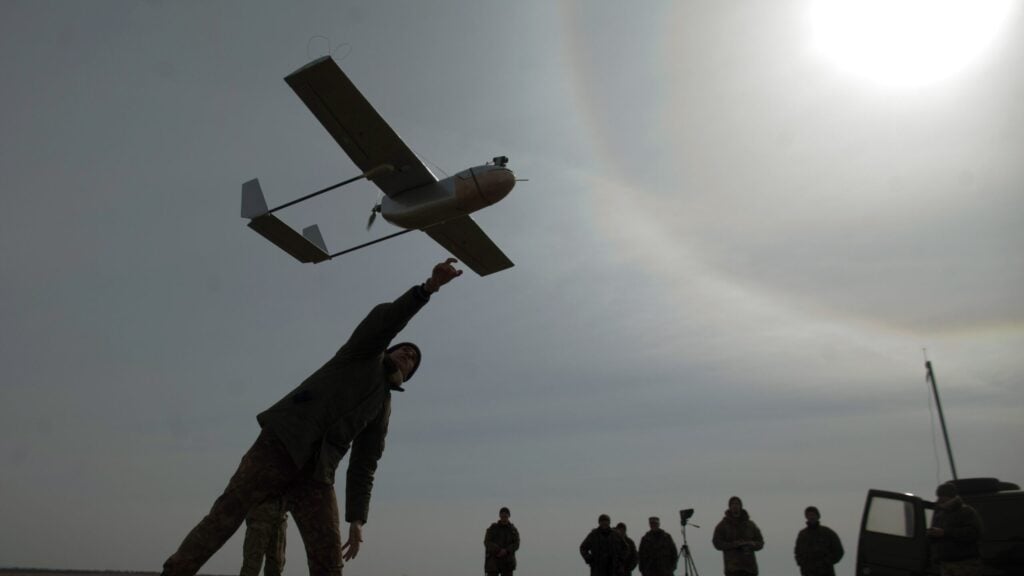
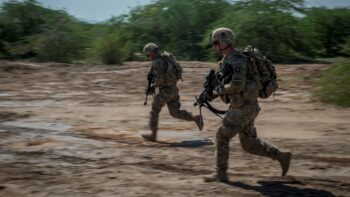
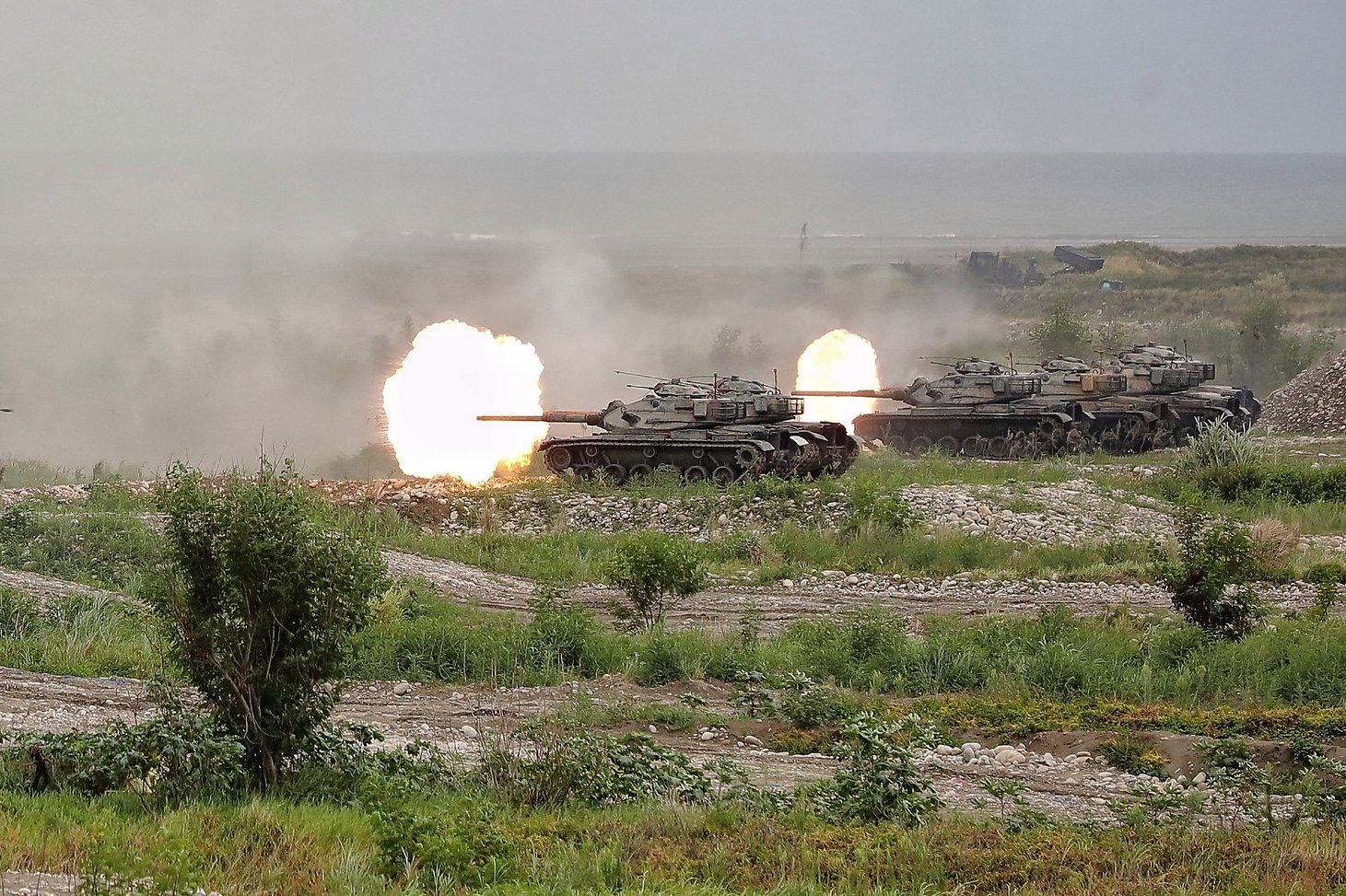

/cloudfront-us-east-2.images.arcpublishing.com/reuters/WGQTV2QP4VPWPOS53UBJQF2SIA.jpg)
